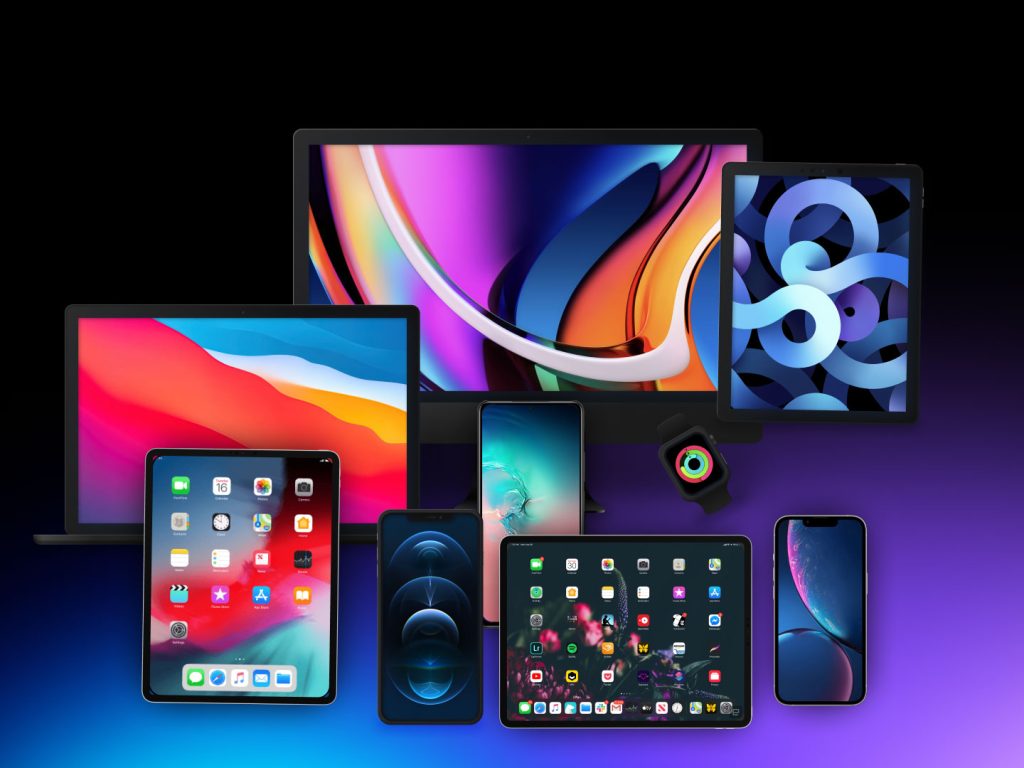In today’s digital era, users expect a consistent and smooth experience as they navigate across different platforms. Picture this: It’s a lazy Sunday afternoon, and you’re leisurely browsing the web on your laptop, looking for some shopping inspiration. Suddenly, you come across a stunning pair of shoes that catches your eye. However, before you can decide, you realize you need to step out for a bit. Fortunately, with a well-designed multichannel experience, you can seamlessly continue your shopping journey on your smartphone while commuting. As you reach your destination, you decide to complete the purchase on your tablet later in the evening. This effortless transition across multiple platforms results from careful design considerations for multichannel experiences.
In today’s digitally connected world, users have come to expect a consistent and cohesive experience across different platforms. Whether it’s a website, a mobile app, or even a physical store, the user journey should seamlessly continue, regardless of the device or channel they choose to engage with. This is where multichannel design plays a crucial role.
Let’s dive into a scenario to illustrate the importance of multichannel design. Let’s imagine Jane, a passionate fashion enthusiast who loves exploring the latest trends online. Jane begins her journey on a fashion retailer’s website, searching for a new dress. The website offers her a delightful experience, featuring easy navigation and intuitive filtering options. Impressed by the selection, Jane decides to bookmark a few items for later consideration.
Later that day, while waiting for her friend at a coffee shop, Jane pulls out her smartphone and opens the fashion retailer’s mobile app. To her delight, the app syncs seamlessly with her account, displaying bookmarked items and suggesting matching accessories. This seamless transition between devices enhances Jane’s shopping experience, allowing her to effortlessly continue her journey wherever she left.
The multichannel experience
Designing for multichannel experiences involves careful consideration of various factors. One crucial aspect is maintaining consistency in the user interface and branding elements across platforms. This way, users can easily recognize and navigate different touchpoints by aligning visual and interactive elements.
Let’s consider another example. Let’s assume John is an avid reader who enjoys discovering and purchasing books online. John initiates his journey on a bookstore’s website, where he adds a few books to his cart. However, John decides to switch to his tablet before purchasing one for a more relaxed browsing experience.
To ensure a seamless transition, the bookstore’s mobile app should present the same books in John’s cart, guaranteeing continuity in his browsing session. Furthermore, the app should remember John’s search history and bookmarked titles and offer personalized recommendations based on his preferences.
What about adaptability?
Apart from consistency, adaptability is another critical aspect of multichannel design. Each platform has its unique characteristics, such as screen size, input methods, and interaction patterns. Designers must tailor the user experience to fit these variations while maintaining the core functionality and user flow.
For instance, a media streaming service should adapt its interface and content presentation based on the device being used. On a smart TV, it may utilize a grid-based layout with remote control input, while on a mobile device, it may use a card-based interface with touch gestures for navigation.
Now context awareness
The successful multichannel design also takes into account context awareness. By leveraging user data, such as location, preferences, and behavior, designers can personalize the experience to suit individual needs. For example, a food delivery app can display nearby restaurants and offer customized recommendations based on the user’s location.
Accessibility is another critical consideration when designing for multichannel experiences. Users should be able to access and interact with the content seamlessly, regardless of their abilities or the platform they choose. Incorporating features like scalable fonts, alternative text for images, and support for screen readers ensures an inclusive experience for all users.
As technology evolves, new platforms and devices continue to emerge. Designing for multichannel experiences requires a forward-thinking approach. Designers must stay up to date with the latest trends and technologies to anticipate user needs and create innovative experiences.
To achieve a successful multichannel experience, collaboration between different teams is essential. Considering the various touchpoints and platform interactions, designers, developers, and stakeholders must work together from the outset. This collaborative approach ensures a holistic and cohesive user journey.
Final words
Designing for multichannel experiences demands meticulous planning, consideration, and collaboration. By maintaining consistency, adaptability, context awareness, and accessibility, designers can create seamless user journeys across platforms. The ability to effortlessly transition from one device to another enhances user satisfaction, engagement, and, ultimately, business success.
As technology grows, the demand for multichannel experiences will only grow stronger. By embracing this design philosophy and investing in user-centric experiences, businesses can forge stronger connections with their audience and stand out in an increasingly competitive digital landscape.




